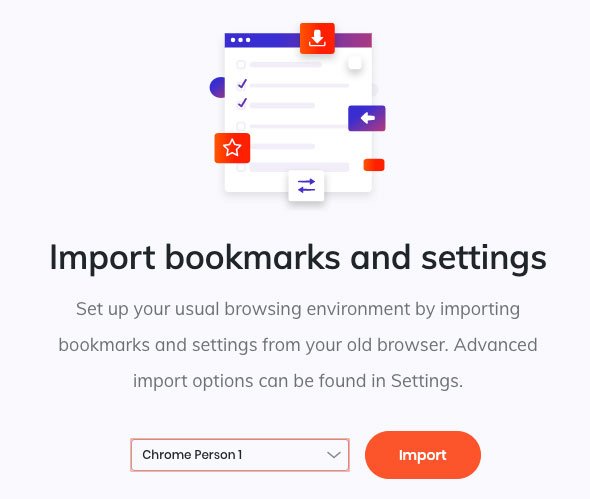2021-1-29 11:44 |
When the internet was first invented in the 1980s, many people believed it would never expand beyond the confines of educational institutions and government organizations. Oh, how wrong they were.
A quote by Robert Metcalfe, the inventor of Ethernet, perfectly sums up how many people expected the internet to go in its early days.
“I predict the Internet will soon go spectacularly supernova and in 1996 catastrophically collapse,” said Metcalfe in an article for InfoWorld in 1995—in which he also promised to eat his words if wrong.
Needless to say, two years later at the Sixth International World Wide Web Conference, Metcalfe blended up a copy of his article and publicly ate it with a spoon. The internet would go on to become one of the most significant technological innovations of the 20th century, forming the backbone of practically all financial infrastructure, media, and communication platforms by 2020.
Now, few would disagree that the internet has been one of the most disruptive technologies to appear in modern times, while some of the earliest adopters who could see the potential of the technology have generated incredible wealth and success.
The evolution of disruptive technologiesCryptocurrencies represent a similar opportunity since they have the capacity to change the way we think about money and reshape practically every industry there is—ranging from finance to healthcare, real estate, online entertainment, and everything in between.
But the industry is still very much in an early stage of development. When Bitcoin (BTC)—the world’s first blockchain-based cryptocurrency—launched in 2009, it was mostly used by computer experts, cryptographers, and so-called cypherpunks—those who advocate for the use of privacy-preserving technologies like cryptocurrencies.
Just over a decade later, many popular cryptocurrencies have seen extraordinary increases in both value and adoption, but they have still achieved just a tiny fraction of their potential.
Again, this is a similar trend to that seen with the internet. It saw its beginnings in the 1980s with the development of ARPANET—a simple computer network that allowed universities and research centers to exchange information. It was a bland, dense, and mostly text-based affair that few of us would tolerate nowadays.
But as the tools became available to help make the internet more useful, more accessible, and easier to use, the number of applications for the technology skyrocketed—as did its global reach. It took ten years for the internet to reach millions of users, and twenty years for it to reach billions.
With the emergence of several gateway technologies, such as web browsers, secure communication protocols, file transfer apps, and graphic user interfaces (GUIs), the internet suddenly became a whole lot more accessible and useful. This was the tipping point for internet adoption, which exploded from 400 million users to over 5 billion since 2020.
The current state of cryptocurrenciesAs of 2020, the number of cryptocurrency users is currently estimated to be between 2.9 million and 5.8 million worldwide. To put this into perspective, the worldwide web had 16 million in 1995—and we can all agree that the internet had realized just a tiny fraction of its potential at that time.
Cryptocurrency is arguably in a similar place to where the internet was in the early 90’s—the potential of the technology is becoming increasingly obvious, but it hasn’t yet achieved the mass adoption seen by the internet of today.
We are currently at the point where the protocols, tools, and applications that make cryptocurrencies more accessible are now beginning to take shape. Like the internet, these gateway technologies will light the fuse that will lead to an explosion in user growth—potentially leading to the type of parabolic growth expected from early-stage technologies.
With cryptocurrency usage currently sitting at roughly one-thousandth that of the internet (in terms of the number of users), it’s no exaggeration to say that the opportunity for further growth is staggering.
The full potential of cryptocurrencies is still yet to be realized. But the industry is moving fast.
Just like the early internet, which had more than a handful of naysayers, including comedian Marc Moran, who was famously quoted saying “It’s all hype. I’ve been on the internet, there’s 12 people out there,” back in a 1994 segment on HBO Comedy Half-Hour, cryptocurrencies have had their fair share of similarly incredulous quotes.
One of the most recent was made by Russian politician Anatoly Aksakov, who famously said “Bitcoin has no future,” before Bitcoin more than doubled in value just months later. There’s even a website that tracks the number of times Bitcoin has been proclaimed dead—and it’s 395 times and counting. The first of which was in 2010, by a website that failed to outlive Bitcoin. Oh, the irony.
Looking at the futureNonetheless, though it is true that the first wave of cryptocurrency industry pioneers has already begun laying the foundations, there remains a great deal of work to be done to truly realize the capabilities of this promising new asset class. We haven’t yet seen the Googles, Amazons, Wikipedias, or Facebooks of the cryptocurrency industry, and the path ahead is still largely uncharted territory.
This means that anybody who has already taken the leap now is still almost certainly part of the earliest wave of cryptocurrency adopters—akin to being an internet user or investor prior to 1995. Oh, what many of us would give to have the chance to go back in time to invest in the early days of eBay, Amazon, or PayPal.
In 20 years from now, what will you think when you look back to today?
origin »Advanced Internet Blocks (AIB) на Currencies.ru
|
|













